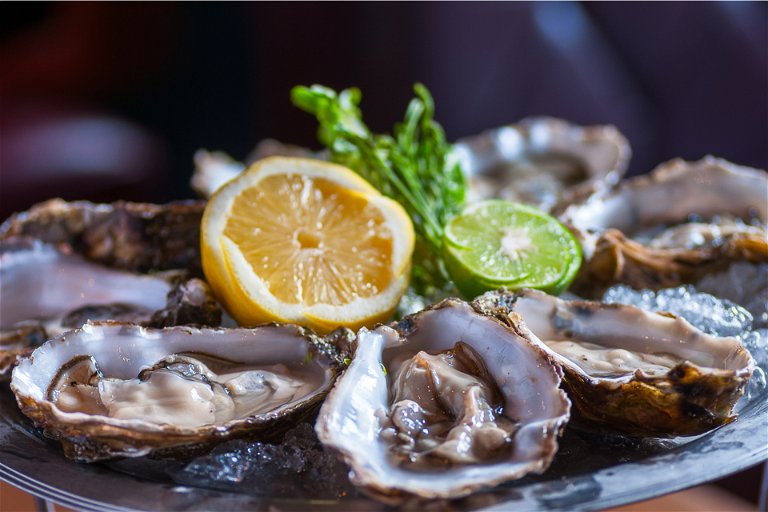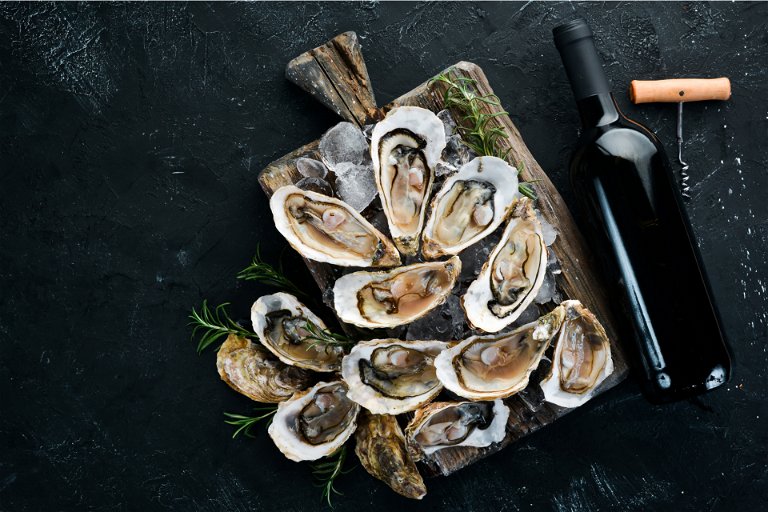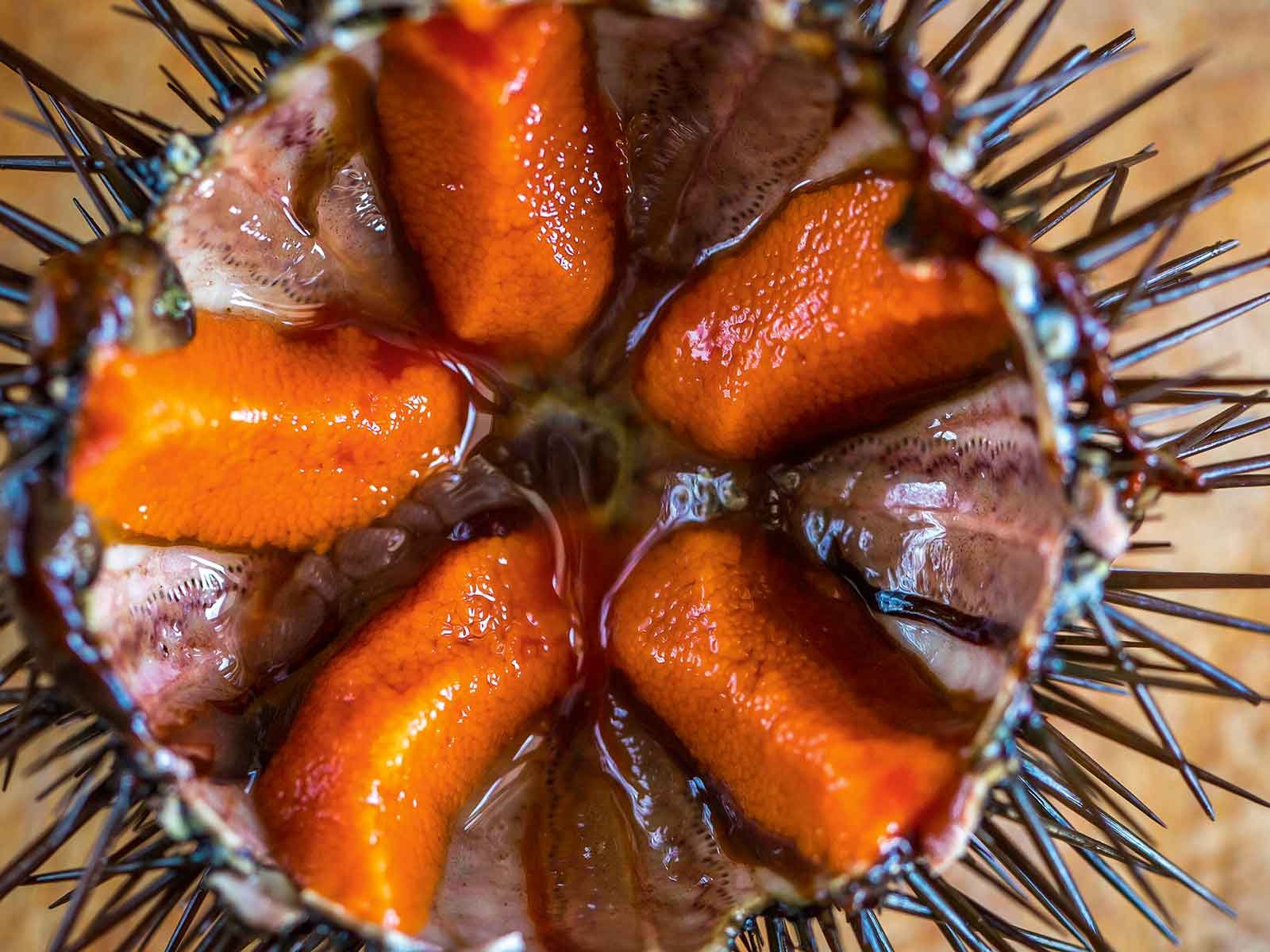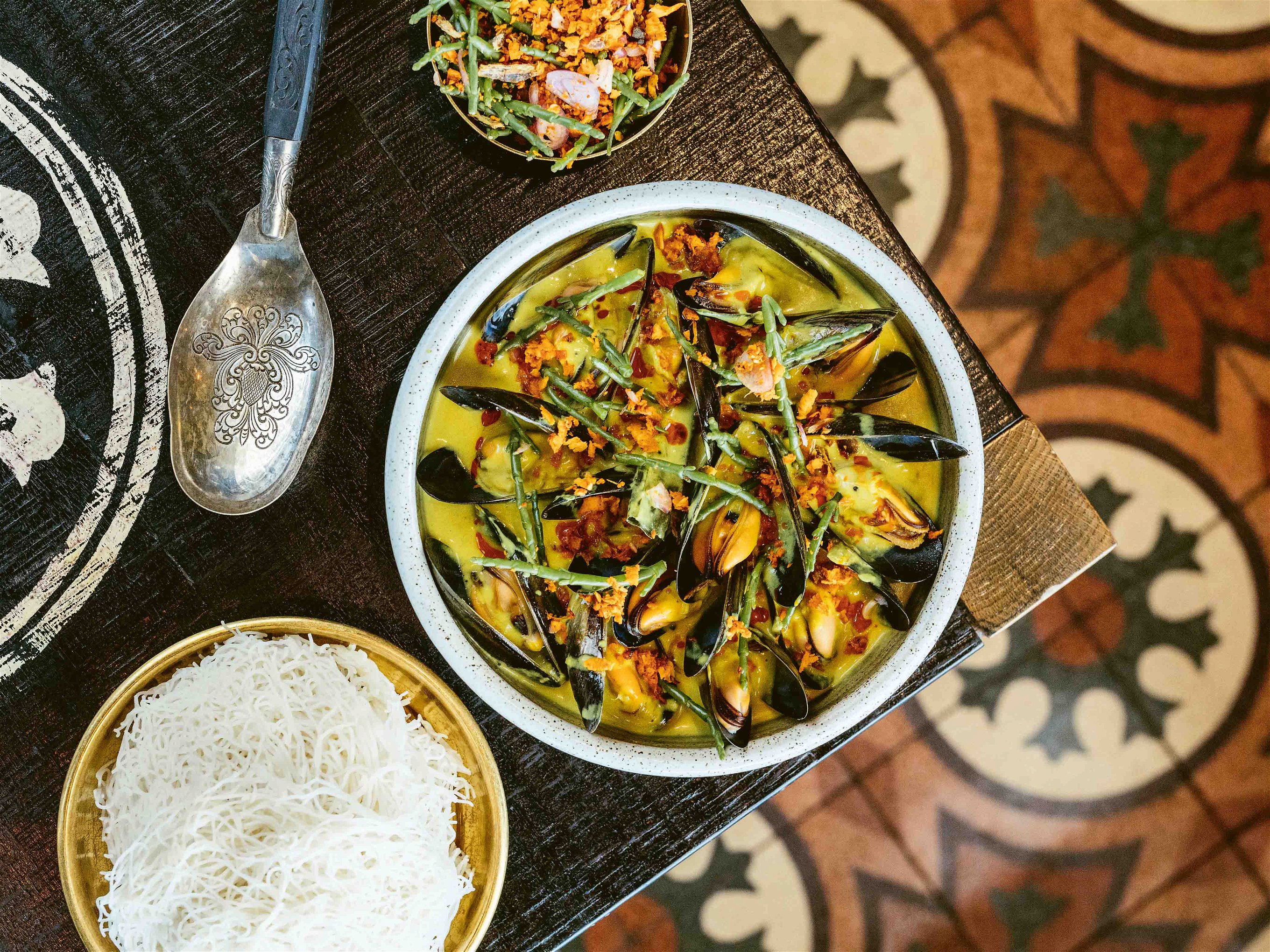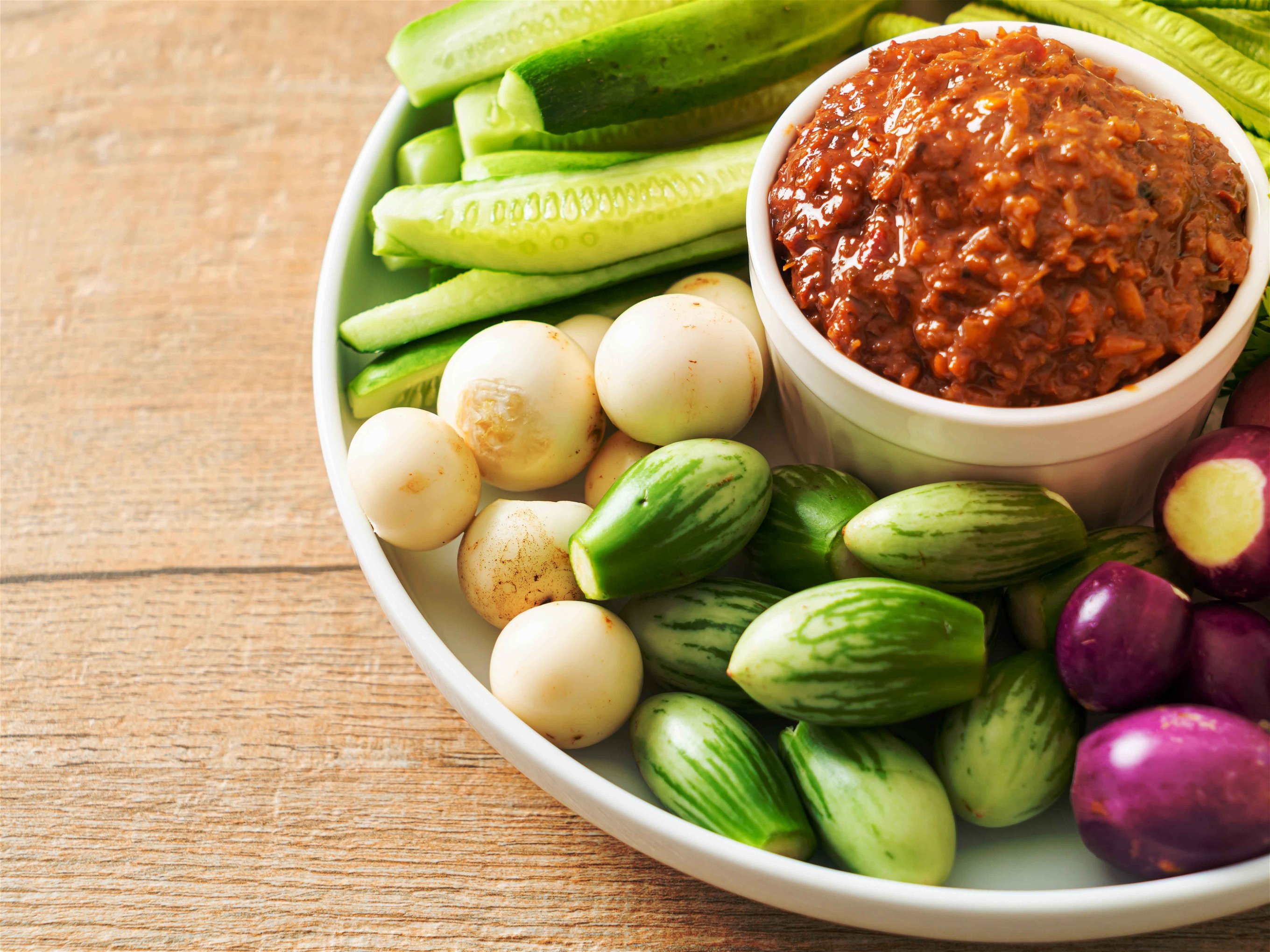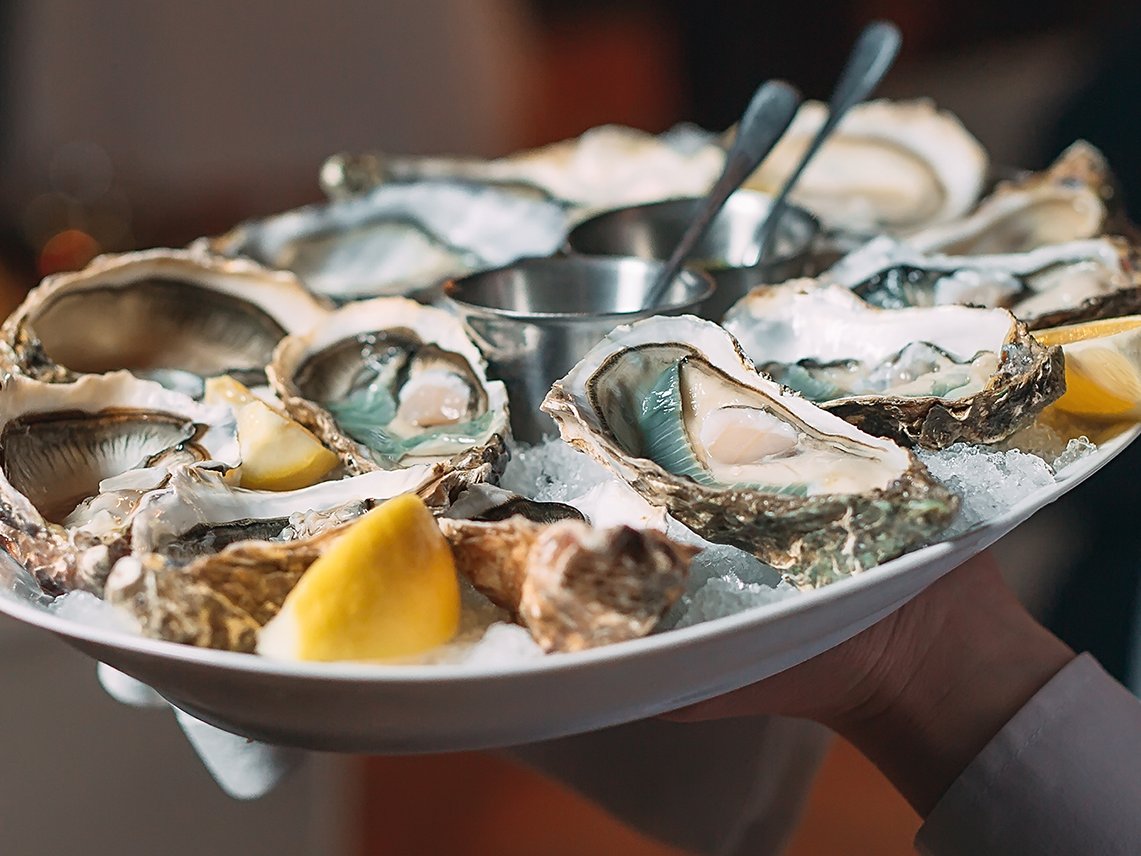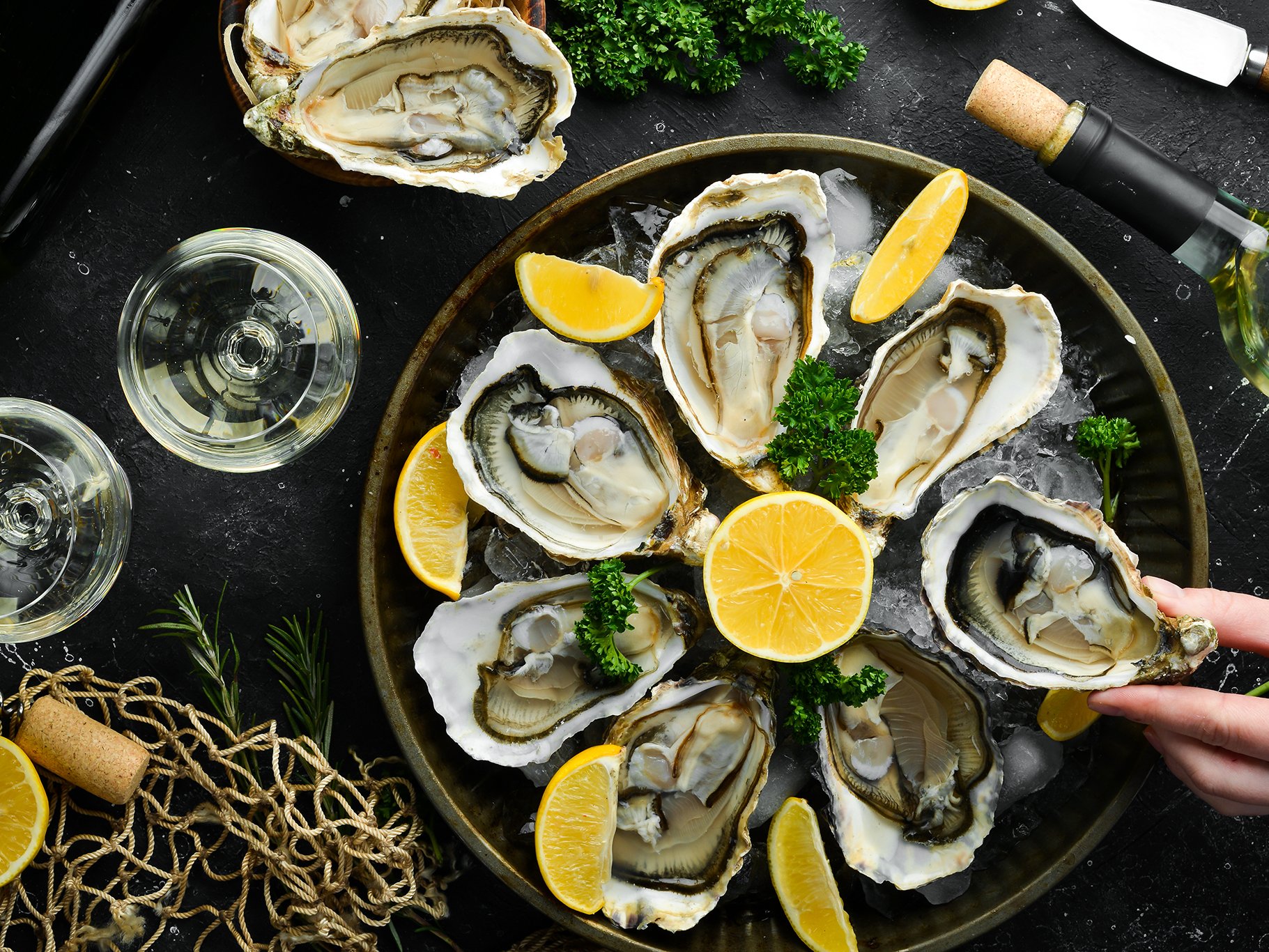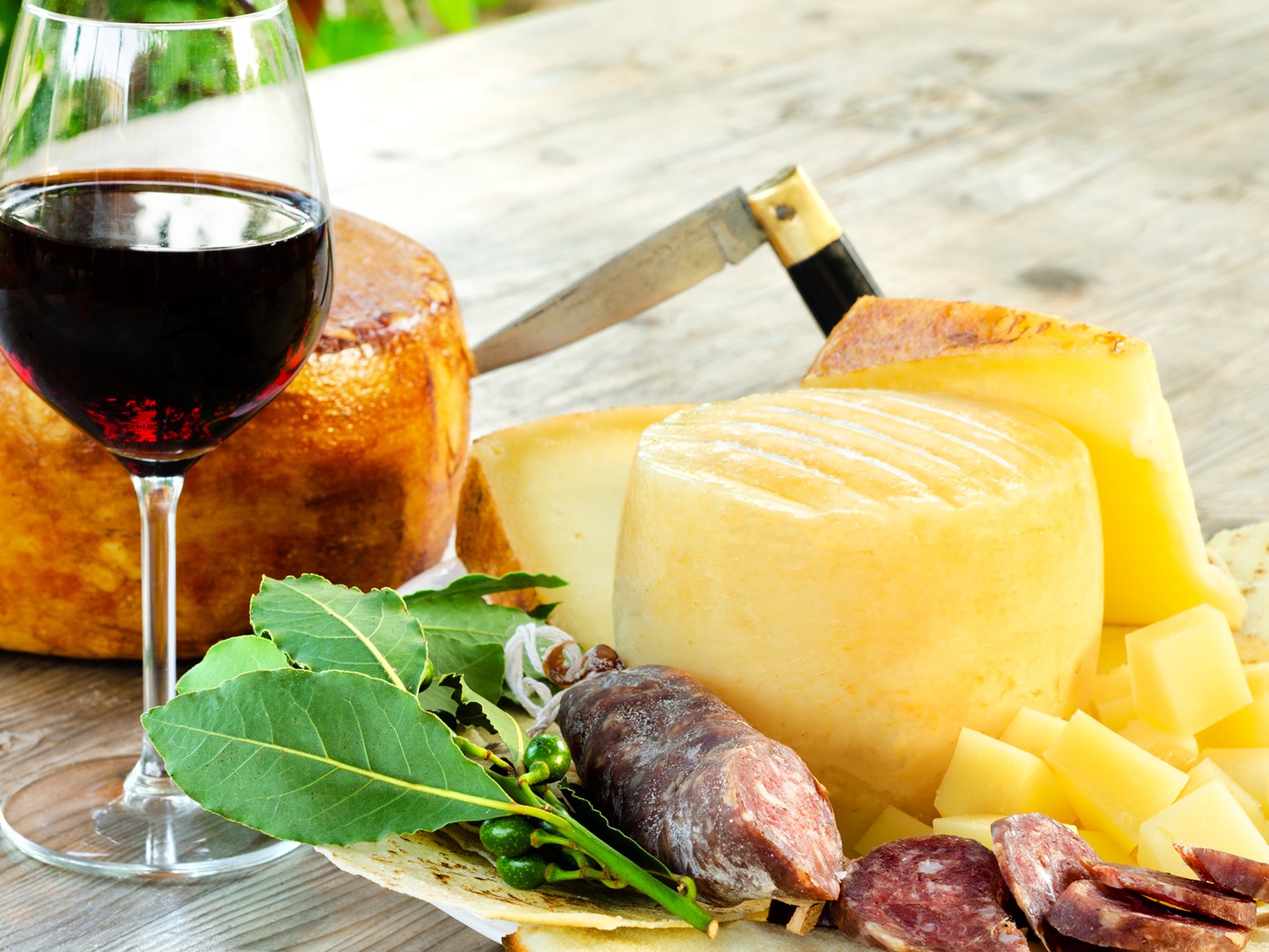How Healthy Are Oysters?
Oysters conceal delicate meat that tastes great and is said to possess magical powers. What is so seductive about them?
Molluscs; they offer wonderful variety, cockles, razor clams, octopus, mussels, snails, scallops and many, many more. Within the wider family of mulluscs, Bivalvia are the second largest class. There are around 15,000 different speices, many of which can be eaten raw or prepared in a variety of ways. There is only one thing they must be; fresh!
Queen of bivalves is the oyster. Their unique taste and supposed aphrodisiac effect mean they have always been highly prized. Until the second half of the 19th century the European oyster, Ostrea edulis, grew wild in the estuaries and shallow coastal waters around Europe. Overfishing, habit degradation, environmental pollution and viral diseases have devastated wild stocks.
Oyster farms instead of wild oyster beds
Today, global demand is met by oysters farmed throughout the world, about 95% of all oysters come from aquaculture. Wild oyster beds are now rare, although the Wild Oyster Project is working to increase stocks of Britain's native oyster. Breeding is a lengthy process; it takes a good two to five years before oysters are marketable.
As well as being healthy, there are many ecological benefits to eating oysters. Oyster reefs filter water and remove excess nitrogen resulting in fewer algae blooms, they act as buffers against waves and protect the shoreline from erosion and provide valuable ecosystems and habitat for many other species of marine animal.
Are oysters like grapes?
Just as the some grape varieties can produce completely different results on different soils in a region, oysters too develop differently depending on their environment. Ostreidae or true oysters are the species most commonly consumed and they exist in different colours, shapes and sizes depending on the stocking density, nutrient density and nutrient composition of the water as well as the water temperature. Consequently, each variety has its own character.
The French Belon, for example, is a cultivated form of the European oyster, Ostrea edulis, and has a flinty taste with a coppery overtone. Even the sensory terms are similar to wine - oysters can taste spicy, salty, grassy, nutty, metallic, tannic, sweet, fruity or earthy, of iodine or cucumber. Gin & Tonic with iced cucumber goes very well with them. Shallots, lemon and vinegar are common additions whilst coriander and chilli also make a lovely combination.
Health
There is no doubt that oysters are nutritious. They are extremely low in fat and sugar but have a signifcant number of trace elements and minerals which are essential for our well-being. 100 grams of pure oyster meat is a considerable amount, but it provides about 20% of vitamin D, a third of our daily requirement of biotin (vitamin B7), about 40% of iron and iodine, 91% selenium, plus three times the RDA of vitamin B12 and six times the daily requirement of zinc and copper. And all this with only 70 calories. Importantly, they are also a good source of Omega-3.
Why minerals matter
Iron, often scarce in women, is key to our red blood cells' ability to transport oxygen. Vitamin D, so often difficult to assimilate in climates with low sunlight levels, especially in winter, regulates our calcium and phosphate - essential for good bones and teeth. Copper releases iron from our haemoglobin and is good for the immune system as well as brain development. Zinc helps us process the carbohydrate, fat and protein in food and assists in the healing of wounds. Interestingly, zinc also promotes the formation of testosterone, perhaps this is one of the reasons why oysters are considered an aphrodisiac.
Cupid & Eros or Myth?
So what is it about oysters in terms of libido? Do we need to share plates of 50 oysters a day, as Venetian playboy and adventurer, Casanova, records in his memoir The Story of My Life? Or is it better to follow the example of the Sun King, Louis XIV? He is said to have eaten a hundred for breakfast and as many as four hundred on his first wedding night.
Without question, a healthy zinc intake aids testosterone production and spermatogenesis, although excessive intake (i.e. more than twice the daily requirement) is not advised. But perhaps the whole magic is due to the multi-sensory sensation of shucking and slurping raw oysters; the frilly meat gills, the textured folds of firm meat, the saline whiff of the shoreline as the waves recede, the smell of the sea, the harbour, of distance, of longing?
Oysters are tuned to the lunar cycle, moonlight and the tides which influence their opening and closing. Then there's the harmony with champagne, or G&T, or dry white wine, the euphoric mood and the ambience, the lighting and the imagination...
